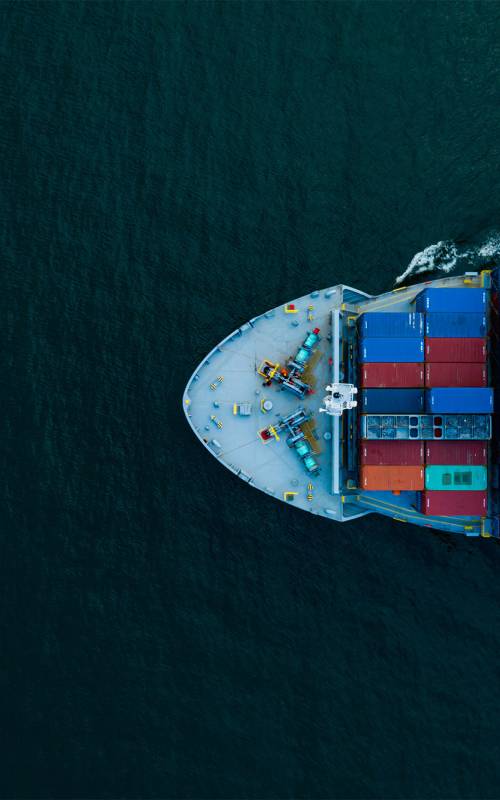Customs clearance
A customs clearance is always required as soon as goods are to leave or enter the customs territory of the European Union. The customs territory does not include Switzerland, Liechtenstein, Norway, San Marino, Monaco, Andorra, Serbia, Croatia, Montenegro, Macedonia, Bosnia-Herzegovina, Belarus, Moldavia, Russia, Ukraine, Armenia, Georgia, Albania, Azerbaijan, Turkey and almost all non-European countries. There are also territories which are part of the European Union but not part of the customs territory, such as free ports, the Canary Islands or even Heligoland.
Goods are treated in accordance with customs or tax law during customs clearance
With customs clearance, the goods are handled in accordance with customs or tax law. Here, the so-called customs clearance refers to the release for free circulation under customs and tax law. For customs clearance, a prior customs declaration is required, although this does not necessarily have to be made in writing. Thus, before customs clearance, an oral declaration or a declaration by implication is sufficient, such as the use of the green exit at the airport. Customs clearance** also includes the inspection of the goods and the examination of all documents, the preparation of a tax assessment notice and the release of the goods.
For customs clearance the customs software "ATLAS" is used
Customs clearance is carried out using the "ATLAS" customs software, which allows the declaration data to be stored centrally and accessed or processed by various competent services, such as customs offices or customs investigation offices. In addition to customs clearance**, the software is also used for the electronic handling of communication between customs administrations within the European Union.



